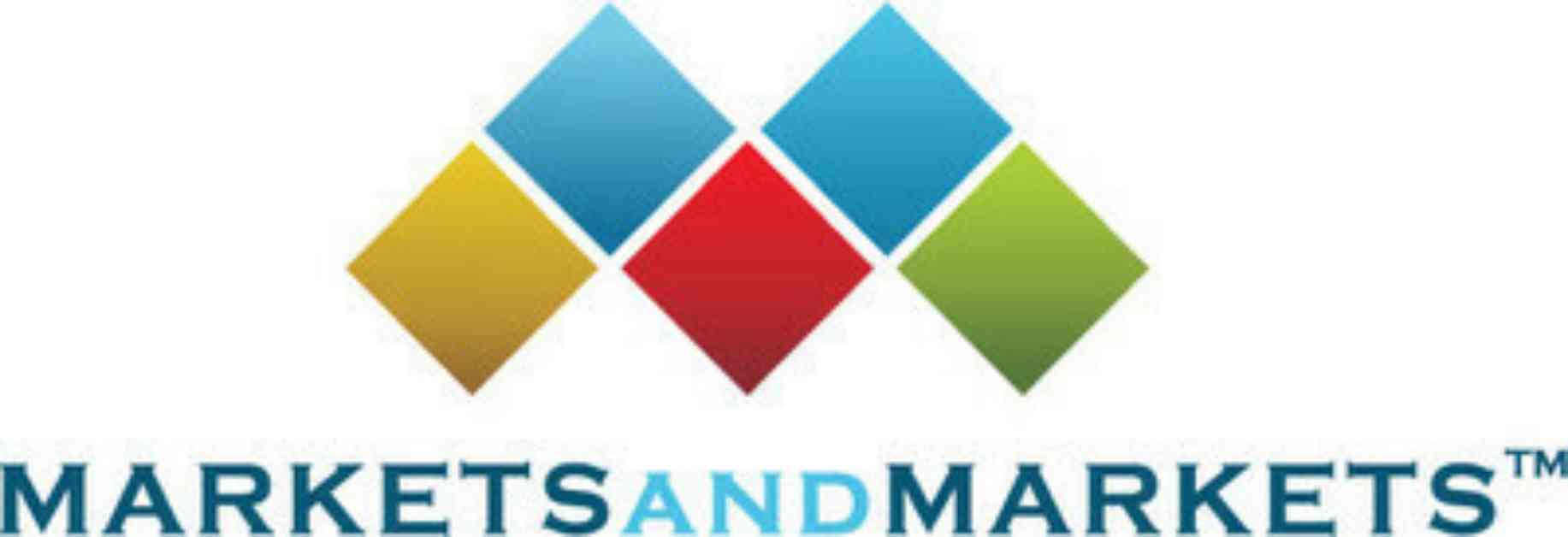The global lipid nanoparticles market is anticipated to experience substantial growth from USD 271.8 million in 2024 to USD 350.5 million by 2029, with a CAGR of 5.2%. Additionally, the LNP services market is projected to increase from USD 135.5 million in 2024 to USD 238.1 million by 2029, at a CAGR of 11.9%. This growth is primarily attributed to advancements in LNP-based pharmaceuticals, particularly in anti-cancer and mRNA therapies.
Despite these positive trends, there are challenges such as regulatory hurdles and formulation issues that could potentially hinder market growth. However, there are key opportunities on the horizon, including the rising demand for advanced drug delivery systems and scalable mRNA vaccines. Leading players in the market include Avanti Polar Lipids, Merck KGaA, and FUJIFILM Pharmaceuticals, with North America currently leading as the dominant regional market.
The market is segmented into various product categories, including ionizable lipids, PEGylated lipids, neutral lipids, phospholipids, kits & reagents, and other formulation materials. Ionizable lipids are currently at the forefront due to their critical role in mRNA vaccines like Pfizer-BioNTech’s BNT162b2 and Moderna’s mRNA-1273. Moreover, the market is also segmented by LNP types such as solid lipid nanoparticles, nanostructured lipid carriers, and other types, with solid lipid nanoparticles holding the largest market share.
In terms of molecule type distribution, segments include siRNA, mRNA, and other molecules, with mRNA dominating due to its effectiveness in vaccine production. The application areas are divided into commercial and clinical applications, with commercial applications currently leading the market share due to extensive use in vaccine production. However, clinical applications are expected to grow rapidly driven by advancements in targeted drug delivery and personalized medicine.
Furthermore, the market is segmented by end-users for raw materials into pharmaceutical & biotechnology companies, academic & research institutes, and CDMOs, with pharmaceutical & biotechnology companies holding the largest share. On the services side, the lipid nanoparticles services market is categorized into formulation development services, manufacturing services, and other services, with manufacturing services taking the largest share.
Regionally, North America currently holds the largest market share, benefiting from advanced healthcare infrastructure and significant R&D investments. However, the Asia Pacific region is projected to be the fastest-growing market during the forecast period, driven by increased healthcare expenditure, government initiatives, and favorable regulatory conditions.
In conclusion, while the lipid nanoparticles market is poised for growth, there are challenges that need to be addressed. With key players driving innovation and advancements in the field, the market is expected to expand further, particularly in the areas of anti-cancer and RNA-based therapies. Through strategic partnerships and investments in research and development, the lipid nanoparticles market is set to reach new heights in the coming years.
